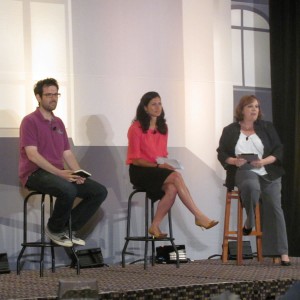When you see mega-successful Agents and Brokers do you ever wonder how they KEEP on getting more and more successful? How are they effortlessly getting tons of new mortgage leads or real estate leads? How do they keep on getting lots of great clients? How are they making more and more money every year?
Want to know their secret?
They are choosing to be successful.
Success is a choice. A choice that’s available to everyone. But without knowing it, you may be choosing fear.
Watch this short video to find out what you’re choosing, and how to make sure you’re always choosing success.
If you enjoyed this Lead Generation Article and Video, make sure you sign up for more Lead Generation Tips & Tricks here:
Get FREE Lead Generation Tips & Tricks. Sign up here
To your success,
Ingrid
Ingrid Menninga has xray vision for carving out marketing opportunities and the creativity to convert them into gold!
Ingrid delivers high impact, low cost, customized marketing strategies for turbo-charging entrepreneurs and small business owners to great profits.
After 12 years of working with legendary companies such as Carlson Marketing Group, Pizza Pizza, Invis Mortgages, and Royal LePage Canada, she left corporate Canada to launch JOLT Marketing.
In just 3 short years after starting JOLT Marketing, Ingrid has carved out a spectacular success roster working with Canada’s leading Real Estate and Mortgage brands such as Slavens Real Estate, GWL Realty Advisors, Mortgage Architects, Dominion Lending Centres, and Oriana Financial, to the tune of delivering a 250% increase in sales and participation on average. Having achieved high accolades for skyrocketing sales for countless companies, Sales Agents and budding Entrepreneurs with high profit marketing campaigns, Ingrid is frequently asked to share her expertise in industry journals such as Canada’s Real Estate Magazine – REM, at speaking engagements for RE-Bar Camps and InMan’s Agent ReBoot, and in Sales Seminars for industry organizations such as IMBA (Independent Mortgage Brokers Association of Ontario) and other leading industry organizations.








